Last updated on: April 24, 2022
Method Statement for Cast in Place Concrete Works | Work Procedure
In this Article today we will talk about the Method Statement for Concrete Works | Concrete Works in Construction | Calculate Cast in Place Concrete Work | Safe Work Procedure for Concrete Works | Work Method Statement | Concrete Work | General Concreting | Concrete Works Method Statement | Concrete Pouring
Method Statement for Cast in Place Concrete Works:
1. Objective: Method Statement for Cast in Place Concrete Works
The objective of this Procedure is to provide guidelines for pouring of structural and non structural concrete at site. Concrete Works in Construction
2. Purpose and Scope:
The purpose of this method statement is to define the work procedure for Cast in place concrete at site. Concrete Works in Construction
3. Reference and Standards:
- Project Specifications
- ACI-304R Guide for Measuring, Mixing, Transporting and Placing Concrete
- ACI-117 Standard Specifications for Tolerances for Concrete Construction and Materials
- ACI- 304.2R Placing Concrete by Pumping Methods
- ACI- 308 Standard Practice for Curing Concrete
- ACI 308R Guide Lines for Curing Concrete
- ACI -347 Guide to Formwork for Concrete
- ACI – 301-99 Specification for Structural Concrete
- ACI- 309R Guide for Consolidation of Concrete
- Project Drawings Issued for Construction (IFC)
- Contractor Site Safety Plan (CSSP) Concrete Works in Construction
4. Responsibilities: Method Statement for Cast in Place Concrete Works
4.1 Project Manager:
It is the overall responsibility of PM to organize resources to perform construction activities as per project specifications in compliance with quality, schedule and safety requirements. Concrete Works in Construction
4.2 Construction Manager:
It is the responsibility of CM that construction activities are being executed according to the
relevant project specifications, in compliance with quality, schedule and safety requirements. Concrete Works in Construction
4.3 Civil Engineer:
Civil Engineer shall monitor all the construction activities in accordance with project specifications, IFC drawings by following the safe conditions under the contractor’s site safety plan. Calculate Cast in Place Concrete Work
4.4 QA QC Inspector:
- QA/QC Inspector shall make sure the following items and carry out all field inspections
under project specification related to the quality control services: - He will ensure the material shall conform to project specification and approved samples.
- Work should be carried out as per latest revision of drawings.
- He will confirm the storage and placing of the materials on site and other arrangements as per IFC drawings.
- He will monitor the quality of works and in conformance with the IFC drawing as per
approved checklist. - He will keep records of all inspections and testing related to the activity.
4.5 Surveyor:
- Will ensure the location & levels of all the structures are as per approved drawings.
- After the concreting and before setting of concrete the foundations and other connection
points (especially but not limited to anchor bolts) are checked by surveyor to confirm their location, orientation, elevation and condition. Calculate Cast in Place Concrete Work
4.6 Third Party Lab Technician:
- The Third party laboratory technician is responsible for performing sampling testing, and
produce test reports. Calculate Cast in Place Concrete Work
4.7 Safety Inspector:
- He will make sure that all construction activities would be carried out under approved RAMS.
- He will make sure that all workers have proper PPEs.
- He will make sure that proper certifications and inspections of equipment are updated prior to start the work.
- He will inspect and confirm all steps for tiles installation defined under RAMS.
- He will make sure the provision of safety arrangements for work area and will carry out the required inspections.
- He makes sure the presence of work permit and list of involved personal at site.
- He shall ensure placement of all signals, signs and barricades until work completion.
- He will produce the Job Risk Assessment prior to work commencement and will identify the hazards (if any) before start of all construction activities.
5. HSE Requirements:
- Prior to start of Activity a scaffold spanning the area is constructed up to the level of construction the scaffold is to be design to be able to hold the material that is to be used in the plastering work. Scaffolding will be erected so that it will allow work force free access without being tied off.
- All workers in height will have to wear safety harness with lanyard.
6. Procedure and Methodology:
The sequence of reinforced cement concreting is: Safe Work Procedure for Concrete Works
Preparation -> setting out -> assembling reinforcement -> fabrication and installation of forms -> installation of embedded items -> pouring the concrete —> striping of the forms-> curing the concrete. Calculate Cast in Place Concrete Work
6.1 Preparation:
- Previously placed concrete shall be cleaned with steel brush and applying bonding agent.
- Construction joints shall prepare by use of pressure water to remove surface laitance and loose concrete.
- In locations where new concrete is dowelled to existing work, holes shall be drilled, steel dowels inserted and pack solid with approved epoxy/non shrink grout.
6.2 Reinforcement:
- The reinforcing materials shall be as per technical specifications and IFC drawings and shall be inspected and accepted by Client/Consultant.
- Reinforcing steel shall be handled with care and stored properly.
- Reinforcement shall be free from loose scale, rust, oil, grease or any other material that may impair the bond between the concrete and reinforcement.
- Welding on rebars shall not be permitted for assembling of reinforcement.
- All rebars will be cold bent in accordance with ACI -318M
- Care should be taken to avoid any damage to the coated rebars during shipment, handling, fabrication and placement.
- All reinforcing bars shall be placed in accurately with the correct cover and shall fix securely in positions as shown on the drawings.
- Clear cover to the main reinforcement shall be in accordance with IFC drawings.
- Plastic or mortar spacers shall be used for reinforcement cover.
- Approved rustproof binding wire shall be used.
- All intersections of the regular reinforcement shall be securely tied with wire. Tie wire ends shall be bent in a way that they do not protrude into the concrete cover zone.
- Splices of reinforcing bars shall be as shown on the IFC Drawings or the approved shop Drawings. Safe Work Procedure for Concrete Works
6.3 Fabrication and Installation of Formwork:
- Form work shall be done in accordance with ACI-347.
- It is proposed to use timber formwork for all the works. The main panel of the formwork will be made of laminated ply board. Lesser thickness can be used for minor items. In any case , it shall be made to withstand the concrete pressure.
- The main panels will be stiffened using Aluminum beam and or timber beams along the length and width of planks according to the site conditions.
- Steel soldiers will be used to hold the panels together where the form height is more than 1.5m. General Concreting
- There will be props supporting the beams or soldiers. The props shall be of push type so that the verticality of the formwork can be maintained by adjusting them.
- The space between faces of the formwork can be adjusted by using steel tie rods running through the PVC sleeves and cone end. They are screw type so that spacing can be adjusted. There shall be tie rods run through PVC holes shall be grouted after curing with approved materials. Safe Work Procedure for Concrete Works
- The formwork will be inspected before every casting to ensure that it is as per the IFC.
6.4 Embedded Items:
- All the embedded items will be procured / fabricated prior to concreting and fixed to formwork. The position of all embedded item shall be verify.
- The supervisor will cross check all the embedded item prior to submitting a WIR to the QC. The QC Inspector will inspect the form work and raise WIR to Client/Consultant.
- The plumpness of the Anchor bolt shall be checked and make sure it is within the tolerance limit: General Concreting
- When templates are used for the positioning of the inserts, they will be screwed on to the main body of the form or held in position by the supporting elements. In any case a rigid positioning of the template will be ensured.
- Rebar and formwork WIR must be accepted by Client/Consultant Engineer and release should be get from other discipline prior to start the concrete pouring for any structure.
6.5 Placement and Concreting:
- Concreting will be carried out by using the approved design mix and that specified for the structure . The concrete from approved Batch Plant only will be used for all concreting works. General Concreting
- Concrete when deposited to site shall have a temperature of not less than 5*C and not more than 28*C. If the ambient temp of the steel is more than 35°C, the forms and reinforcement will be sprayed with water just prior to placing of concrete.
- Assurance shall be made no sustaining water inside the form work prior to concreting.
- Once the concrete truck arrived at the site, all the required inspection and testing shall be done by the approved Third party inspector and the QC Inspector. The slump and cylinder test samples shall be taken. General Concreting
- During concrete pouring, needle type vibrator shall be used to consolidate the concrete. Sufficient number of vibrators shall be available at site based on the quantity of concrete. Concrete testing shelter will be built on site for concrete testing. Nonmetallic head vibrator will be use for all fusion bonded epoxy coated (FBEC) rebar.
- The concrete will be placed in layers not exceeding 300mm in thickness; each layer shall be consolidated separately before the next layer is laid.
- In case of mass concrete pouring, the concreting will be done uninterrupted, so that the cold joints are avoided. However, in case of slabs / paving, appropriate pre-approved construction joints will be provided.
- Reinforcement, inserts, embedded part, formed expansion and contraction joints shall be not disturbed during concrete placement.
- Except in case of columns, concrete shall be not dropped into place from a height exceeding 2 meters otherwise trucking or chutes will be used.
- Concrete surface shall be finished by skilled and approved Masons.
- Control joints, if any, will be cut immediately after the concrete got hardened.
- Joints not specified on the design drawings, shall be in accordance with ACI 301 – 05.
- After concreting and before setting of concrete, the foundation and other connection points (especially but not limited to anchor bolts) are checked by surveyor to confirm their location, orientation, elevation and condition.
- Immediately after placement, protect concrete from premature drying or excessively hot or cold temperatures, and mechanical injury per ACI 301-2010, Sec 5.3.6.5 requirements. General Concreting
6.6 Stripping of Forms: Method Statement for Cast in Place Concrete Works
- Stripping of forms shall be done very carefully to avoid damaging the surface of concrete. General Concreting
6.7 Curing and Protection of Concrete:
- Curing and protection of concrete shall be done accordance with ACI-308.308R.
- Curing water and compound as per project specifications. The saturated burlaps shall be covered with a plasticized sheet vapor barrier, minimum 0.15 mm (6 mils) in thickness and shall be kept in contact with the concrete surface at all times.
- On concrete surfaces which are to be waterproofed, shall not be used curing compound.
6.8 Concrete Surface Repair:
- Remedial treatment/Repair shall be carried out immediately to concrete surface after client/consultant inspection.
- Before Concrete repair, surface shall be cleaned of dirt, laitance, corrosion or other contamination with wire brush and rinse surface and allow to dry.
- For areas patched with epoxy mortar, shall remove broken and soft concrete 6mm deep.
- Exposed structural, shrinkage and settlement cracks of concrete shall be repaired by approved epoxy injection method.
- For patching honeycombs, approved epoxy mortar or cementitious grout shall be used with trowel to repair concrete surface. Bonding agent shall be applied to concrete surface before repair. General Concreting
- Curing shall be done as per repair material manufacturer recommendations.
7. Quality Inspection:
- QC civil Inspector will review the all documents, WIR with attachments and status of NCR.
- QCI will verify the release from other discipline prior to start the pouring for final acceptance of work
- QC inspector will verify all the work is carried out in conformance with project specification, I FC Drawings and PQP.
- In case of any non-conformance, it will be controlled through internal Non conformance report (INCR).
8. Resources Requirement:
8.1 Man Power:
- Site engineer
- Supervisor
- Foreman
- Masons
- Helpers
8.2 Tool and Equipment:
Tools & equipment shall comprise, but not limited to:
- Safety Shoes, Safety Goggles Face shield, Hand gloves,
- Trowel, Steel Brush
- Wood float, Straight Edge,
- Buckets, Spirit level, Mixture plaster machine
- Plum bob, Line dory, Wheel barrow. Concrete Works in Construction
9. Protection of Finished Work:
- All damaged surfaces shall be cleaned as necessary and made acceptable to the Owner.
- All finished work shall be protected under contract requirements.
10. Health and Safety:
- The entire works will be carried out as per guidelines established in the project specification HSE plan. Concrete Pouring
- Work permit will be arrange prior to start the pouring and also night work permit for pouring at night.
- Material or equipment should be maintained in an orderly manner and labeled in accordance with statutory requirements and use in safe manner.
- All efforts shall be made to keep the Environment clean.
- All personnel involved will use necessary PPE as required such as safety helmet, glasses, shoes, gloves, ear plugs, dust mask etc.
- The workers will be made aware of HSE requirements related to this activity through daily toolbox and HSE talk.
- Periodically water sprinkling to prevent from dust emission.
- Engineer (HSE) will inspect all equipment prior to use.
- If the concrete pouring is at night time, shall be arrange the sufficient lights for good visibility.
OTHER POSTS:
-
Method Statement of Polyurethane Waterproofing for Walls and Roof
-
Method Statement for Cutting and Patching Works
-
Bituminous Damp Proofing for Concrete and Masonry | SWMS
-
Method Statement for Trench Excavation and Backfill for Electrical Cables
Conclusion:
Full article on Method Statement for Concrete Works | Concrete Works in Construction | Calculate Cast in Place Concrete Work | Safe Work Procedure for Concrete Works | Work Method Statement | Concrete Work | General Concreting | Concrete Works Method Statement | Concrete Pouring. Thank you for the full reading of this article in “QA QC in Construction” platform in English. If you find this post helpful, then help others by sharing it on social media. Please share this article on social media for future uses.

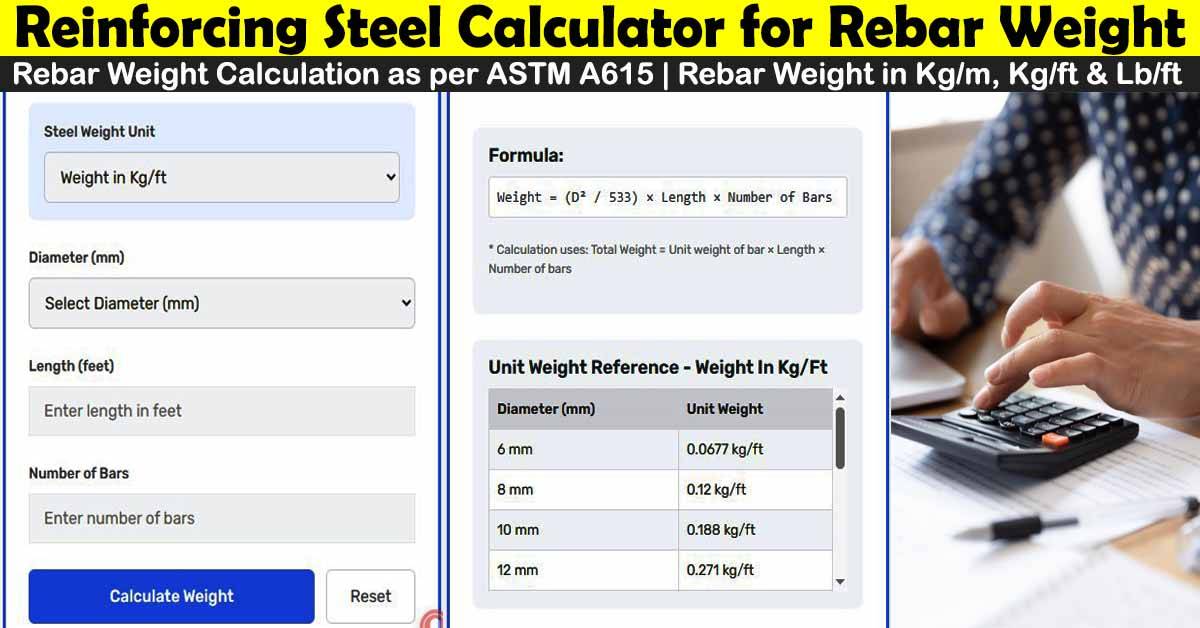
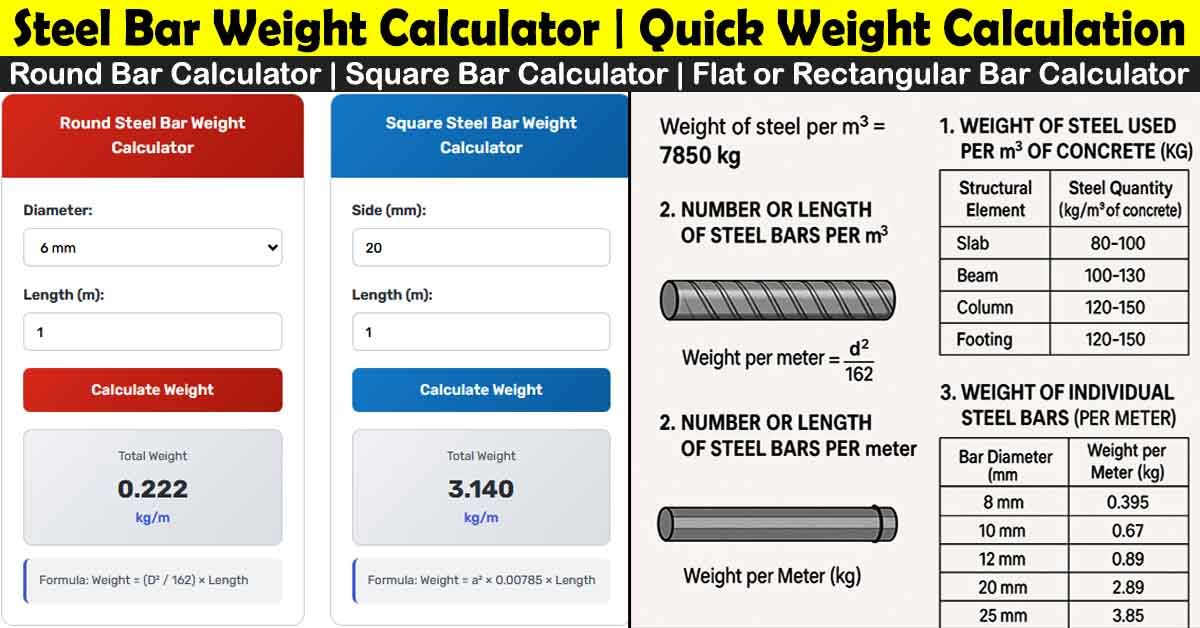
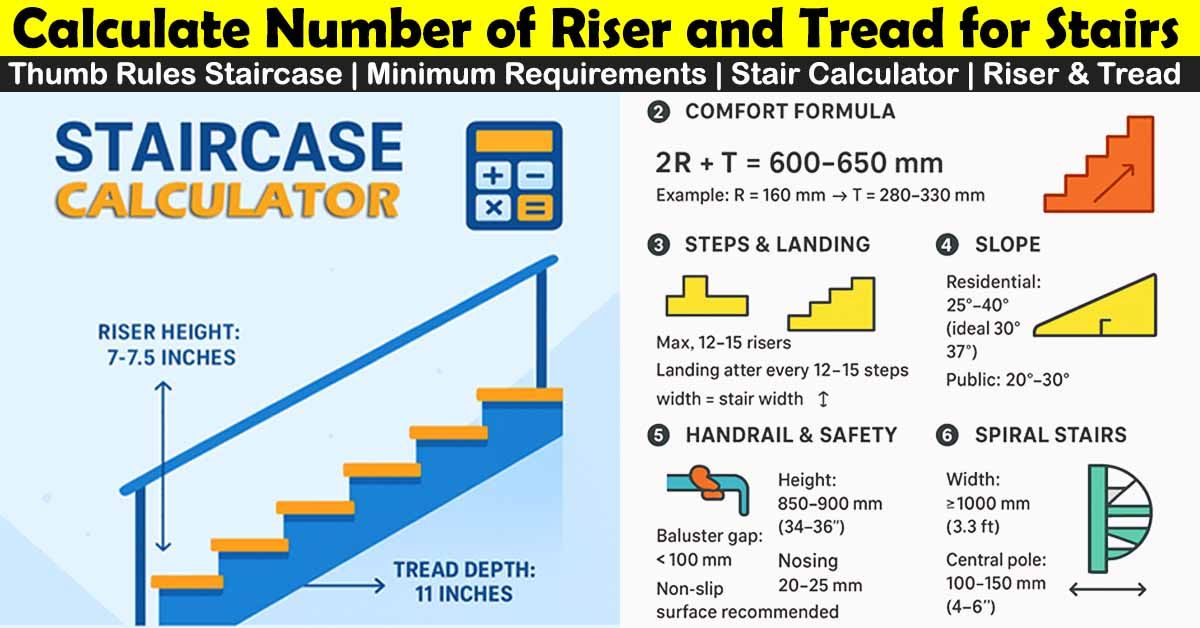
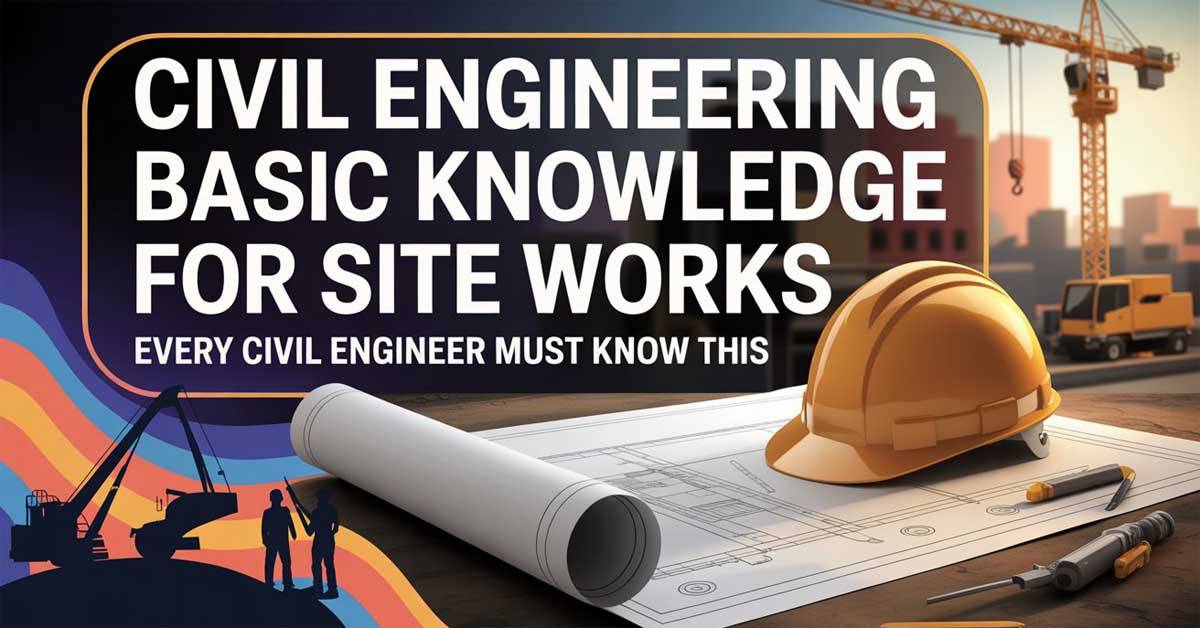
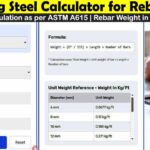
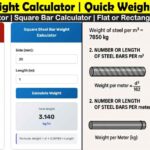
1 thought on “Method Statement for Cast in Place Concrete Works”